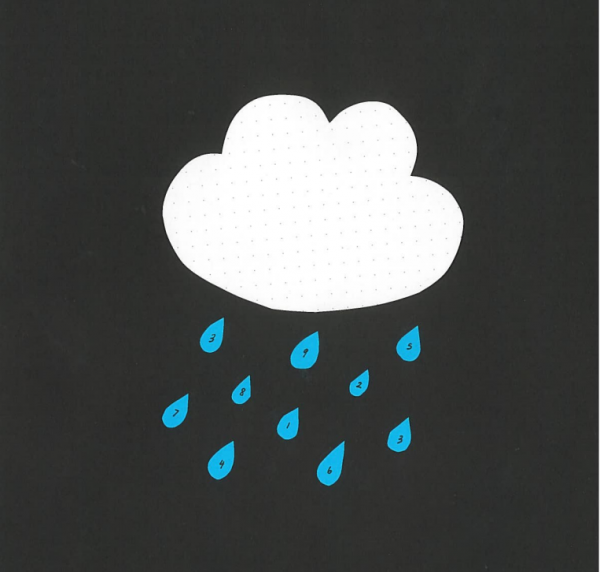Step aside, Old Weather, eBird, and Galaxy Zoo—there’s a new citizen science project on the block, and its name is DRAW.
DRAW, which stands for Data Rescue: Archives and Weather, allows anyone to explore Montreal’s weather history and contribute to important scientific research. And to make the project even more exciting, McGill has the longest continuous series of weather observatory records in Canada, with legers dating back to 1863.
DRAW began in 2015 when a group of researchers decided to digitize McGill’s weather observatory records to help contribute to scientific research. The process involves studying thousands of pages of meteorological data detailing more than 150 years of temperature, relative humidity, wind, and precipitation—all of which must be rendered in a cohesive digital format.
Since the project needed volunteers to help with transcriptions, a website was created so that citizen scientists could access scanned original documents and assist in transcribing the data.
“We’re dealing with about three million items of data. That’s a lot of data, and there aren’t enough academics or people we pay to transcribe this stuff,” Renee Sieber, associate professor in McGill’s Department of Geography and the School of Environment, said in an interview with The McGill Tribune.
As an added challenge, DRAW seeks to record every single piece of data from the original legers, unlike similar projects, which only transcribe select data points and use them to extrapolate results. Climate science is based on proxies; physical types of data such as ice cores, sediment samples, and tree rings help scientists understand climatic conditions and trends. The diversity of sources means that having detailed data is extremely important.
As a geographer and a computer scientist, Sieber is interested in how citizens engage with complicated technologies. Although she understands it can be repetitive, she finds that most volunteers participate in the project because they want to contribute to science, while others simply find the work relaxing.
Victoria Slonosky, the instigator of DRAW and a visiting fellow in McGill’s Department of Geography, pointed out that science isn’t always exciting—it can oftentimes be tedious.
“I’m always amazed and grateful [that] people are willing to give up their time to do this,” Slonosky said.
Slonosky approaches the project with a climatology background, but there are plenty of other participants with expertise in information science, archive management, and programming. Unlike other citizen science projects, DRAW is strongly interdisciplinary, and it was important to Slonosky that every field was represented.
“Everybody has a specific expertise that they bring to the table in this project,” Slonosky said.
For archivists like Gordon Burr, a course lecturer in the School of Information Studies, DRAW is an amazing way for the research-oriented archives world to contact the public.
“This is why I really love this project,” Burr said. “It allows [the archival world] to touch and engage people in ways it usually does not.”
At the beginning of the project, Burr’s main task was simply to make the records available. He ensured that there were readable scans of all the records and that all the metadata—data that describes other data—was included. Afterwards, the records were digitized, making the archives accessible to the public. This is when the true value of archives is realized, as they have the power to tell us where we’ve been and how we got there.
“Archives are important because they’re basically the heritage of society,” Burr said. “If there are no archives, there’s a large collective memory loss.”
While these archives are meteorological by nature, the data can also be useful in other fields of study like urban planning and civil engineering, which benefit from statistics such as maximum rainfall. Researchers are also hoping that this open-source project can serve as a prototype for similar ones in the future.









